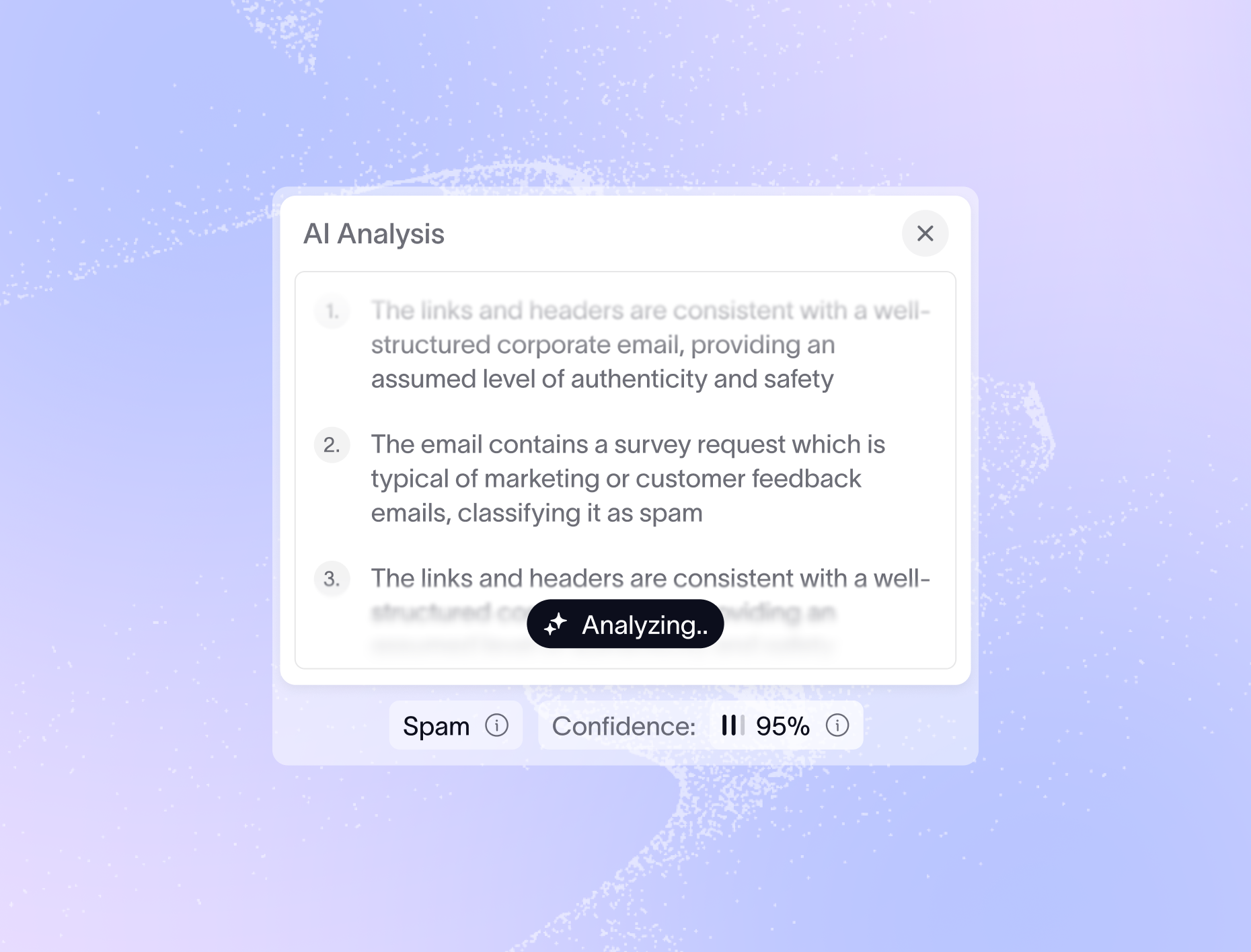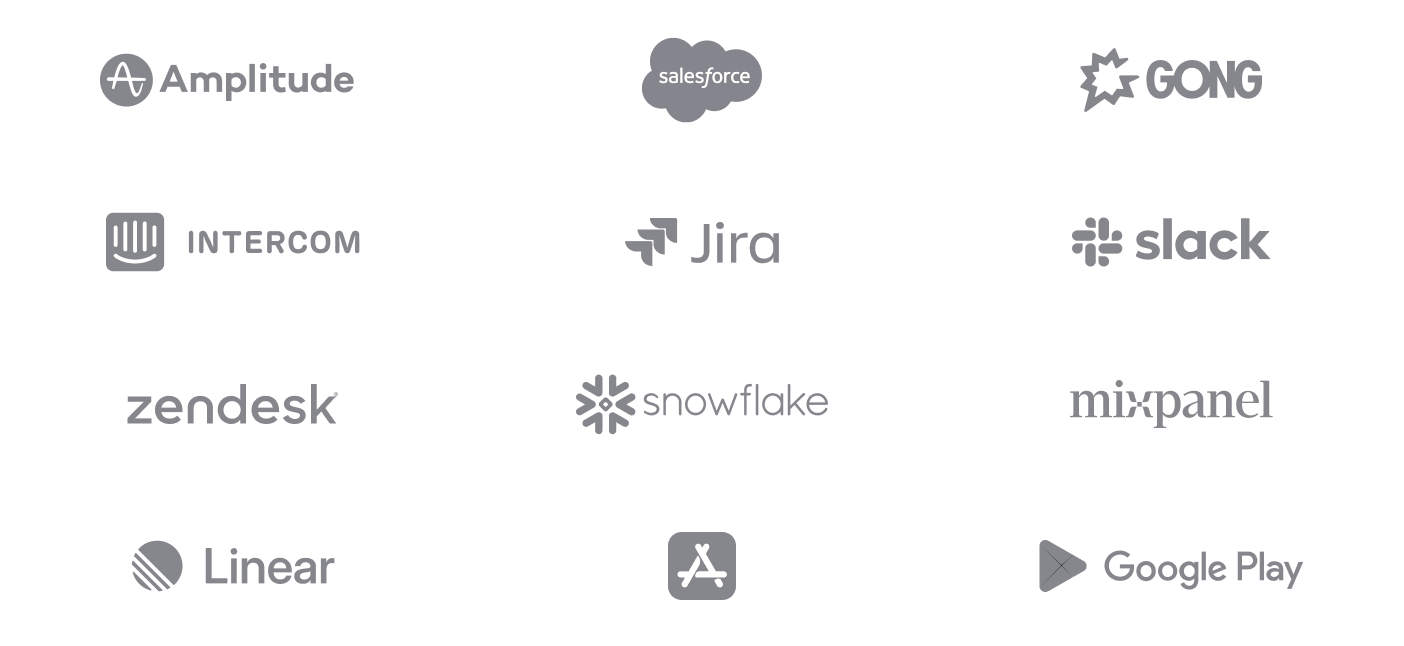Auto-learning taxonomy aligned to your org structure for higher-quality insights and zero maintenance
.webp)
.webp)
.webp)
Define L1/L2/L3 from product area → feature → sub-feature to match your org structure
.webp)
Surface the “why” behind the “what” that drives customer love, complaints, requests

Drive accountability and action by automatically routing insights to right teams
.webp)
.webp)
Use product docs, help articles and guides to build a taxonomy that reflects your language
.webp)
Leverage AI to recognize terminology, internal acronyms to extract relevant insights
.webp)
Get day-one accuracy through guided onboarding tailored to your business context
.webp)
.webp)
Inspect and see the rationale behind every classification
.webp)
Correct misclassifications directly in the UI. Adaptive Taxonomy learns from adjustments
.webp)
Detect drift, duplicates, emerging terms and propose changes proactively
How the Adaptive Taxonomy Works
From chaos to clarity, discover how the Adaptive Taxonomy transforms manual tagging into self-maintaining intelligence that drives action
.webp)
.webp)
.webp)
.webp)
.webp)
Ingest help docs, changelogs, and historical feedback; calibrate day-one accuracy via white-glove onboarding and custom AI models that understand your acronyms and industry terms.
Automatically organize feedback into L1/L2/L3 Keywords (product area → feature → sub-feature) plus Themes/Sub-themes that reveal the "why" behind the "what" - mirroring how your teams actually work.
Refine keywords and themes inline; fine-tune future classifications automatically with audit trail. Insight quality improves continuously, no taxonomy admin required.
Continuously learn from new features, changing customer language, and emerging feedback patterns. Proactively suggest updates, detect drift, and maintain accuracy - zero manual maintenance required.
Map L1/L2/L3 Keywords to teams and auto-route insights to the right owners for driving accountability and action.















.webp)






